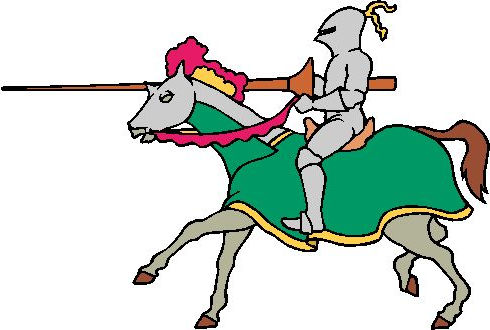 |
 |
 |
 |
 |
 |
The Science & Technology Group
Organising committee: Tanya Dempster, Paul McKay, Bill Devitt, Kurt and Lynda Kovach - science@ashbyu3a.co.uk -
This group is for both people who have a general interest in science as well as those whose careers have been in this area. We meet monthly with talks given mainly by members on a mixture of science/ engineering topics, some science news, information about famous scientists, good YouTube ideas and even the occasional practical activity.
We normally meet in the main hall at Packington Village Hall, High Street, Packington LE65 1WJ on the 2nd Tuesday of the month at 2pm.
Parking is limited, so please try to car-share if possible.
Future programme | ||||
| Date | Time | Venue | Speaker & topic | Details |
Tuesday 11th November.
'Mysteries of the Pyramids' by Kurt Kovach
Kurt began by telling the audience that they were going to hear about various theories about how the many pyramids were constructed without the use of modern technology. As members with an interest in science and technology they would find some proposed solutions to the mathematical oddities and enigmas more acceptable than others.
Firstly he mentioned the three GIZA pyramids build 4500 years ago by the Egyptians. Despite only having copper tools they were able to cut limestone and granite perfectly. On the international scale of hardness limestone rate 3 – 4, copper is 3 and granite is 6 -7.
The largest pyramid, Cheops, was completed in just 20 years - laying a stone on average every five minutes. The pyramids were aligned with the points of the compass to an accuracy of 3/60th of a degree, aligned to Orion’s belt and airshafts inside the pyramid were aligned with various stars such as Orion and Sirius, requiring a detailed understanding of celestial mechanics which the Egyptians were unlikely to have.
How could the stones be moved on sledges? How many workers were needed to pull an 80 tonne stone up a 5 degree slope? Over 440!
Boats were needed to ferry the stones from 500 miles away in Aswan. Kurt outlined the many mathematical facts about the pyramids involving Earthly distances and mathematical constants not yet discovered.
Sean Rust, author of “Pyramids of the Gods: Alien Architects of Ancient Egypt maintains that alien intelligence helped the Egyptians with their knowledge of astronomy, mathematics and engineering. Also, they favored granite because it produces an electric charge when compressed. This is known as the piezoelectric effect, which he claims could be used as an interstellar communication device and act as giant beacons that could signal other intelligent life forms and even act as a power grid to power tools!
So maybe aliens but we considered other possibilities. Chanting and singing to cancel out gravity, known as acoustic levitation. Even more bizarrely an Andean legend that describes a plant that produces a chemical that can soften stone.
Kurt then looked at other pyramids to show the many similarities between them. They were aligned with the points of the compass and Orion’s belt and many contained subterranean tunnels like those at Giza. Did aliens provide a blueprint which was used by the various primitive cultures to follow and build similar structures all around the world?
Kurt finished the talk by describing the Dogon people of Mali in Western Africa, who are known for unique cultural practices and unusual knowledge of astronomy, including detailed knowledge of the Sirius star system.
They describe Sirius B, a white dwarf which they claim is made of the densest matter in the universe. Sirius B is indeed a white dwarf, which would be invisible to the naked eye, later discovered in 1862. They claim this knowledge was given to them by amphibious beings. They also knew about Jupiter and 4 of its moons as well as planets Saturn, Mars and Venus. A white dwarf is formed when a star the size of our sun exhausts its hydrogen and collapses down to the size of our Earth. Hence the density. But how would this tribe have known that?
Kurt finished by saying his audience could reject the alien solution, but perhaps our ancients possessed skills we still know nothing about. After all Aristarchus of Samos knew the earth went round the sun in 230BC, but Europe had to wait till 1610 to learn that from Galileo and even then the Catholic Church made him renounce his beliefs.
The ancients left behind amazing structures that we can only marvel at. And at the end of the day, we can only wonder and ask:
How on earth did they do that?
Kurt’s talk was followed by numerous questions and a stimulating and interesting discussion.